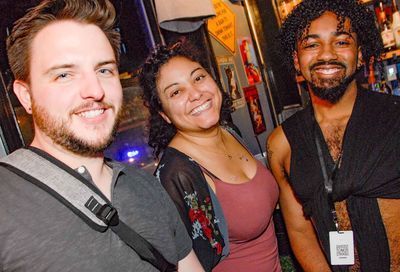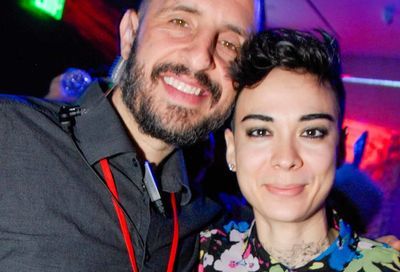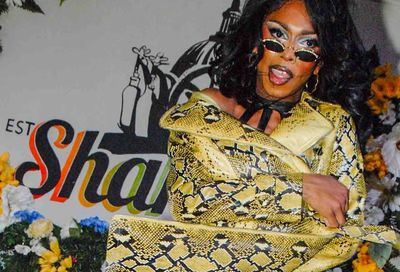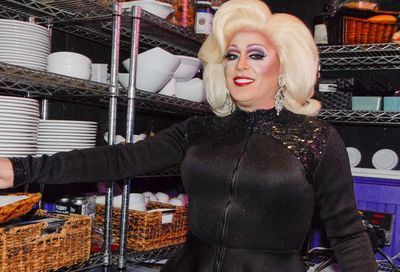“The Legend of Korra” creators: celebrate, embrace, accept Korra’s same-sex relationship

Bryan Konietzko and Mike DiMartino, co-creators of Nickelodeon’s cult series The Legend of Korra, have confirmed that lead character Korra is in a same-sex relationship. (Spoilers below, if you’ve yet to watch.)
In a two-minute sequence at the end of the show’s last episode, Korra is seen holding hands with Asami — who she has long been rumored to be in a relationship with. In what DiMartino called a “clear verbal statement to complement the show’s visible one,” he sought to remove any ambiguity over whether Korra was indeed in a relationship with Asami. In a blog post titled “Korrasami Confirmed,” DiMartino wrote that the main themes of the series’ universe have revolved around “equality, justice, acceptance, tolerance, and balancing differing worldviews,” and that its universe and characters “also speak to the deeper humanity in all of us, regardless of age, gender, race, religion, culture, nationality, or sexual orientation.”
“Our intention with the last scene was to make it as clear as possible that yes, Korra and Asami have romantic feelings for each other,” he wrote. “The moment where they enter the spirit portal symbolizes their evolution from being friends to being a couple.”
“You can celebrate it, embrace it, accept it, get over it, or whatever you feel the need to do, but there is no denying it. That is the official story,” Konietzko wrote in his own post. For Koneitzko, the idea of a same-sex couple was something he’d pondered since the show’s inception. As for why it hadn’t came up in a more obvious way before the show’s finale, it had more to do with network’s attitudes to portraying sexuality in children’s series than anything else.
“As we wrote Book 1, before the audience had ever laid eyes on Korra and Asami, [their attraction for one another] was an idea I would kick around the writers’ room,” he continued. “At first we didn’t give it much weight, not because we think same-sex relationships are a joke, but because we never assumed it was something we would ever get away with depicting on an animated show for a kids network in this day and age, or at least in 2010.”
Why, though, go to the trouble of depicting the character’s sexuality at all?
“This particular decision wasn’t only done for us. We did it for all our queer friends, family, and colleagues,” Konietzko notes. “It is long overdue that our media (including children’s media) stops treating non-heterosexual people as nonexistent, or as something merely to be mocked. I’m only sorry it took us so long to have this kind of representation in one of our stories.”
Image Credit: Nickelodeon
Support Metro Weekly’s Journalism
These are challenging times for news organizations. And yet it’s crucial we stay active and provide vital resources and information to both our local readers and the world. So won’t you please take a moment and consider supporting Metro Weekly with a membership? For as little as $5 a month, you can help ensure Metro Weekly magazine and MetroWeekly.com remain free, viable resources as we provide the best, most diverse, culturally-resonant LGBTQ coverage in both the D.C. region and around the world. Memberships come with exclusive perks and discounts, your own personal digital delivery of each week’s magazine (and an archive), access to our Member's Lounge when it launches this fall, and exclusive members-only items like Metro Weekly Membership Mugs and Tote Bags! Check out all our membership levels here and please join us today!




















